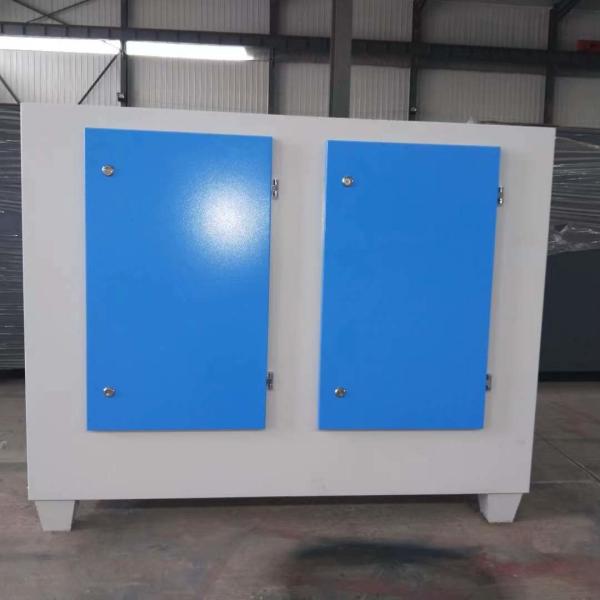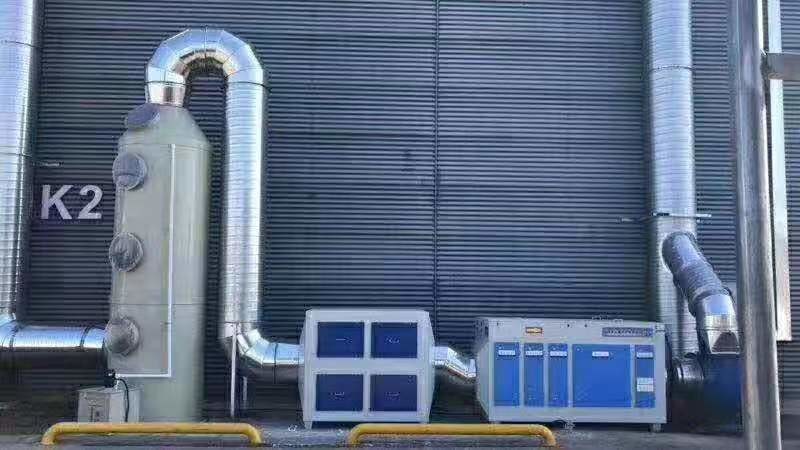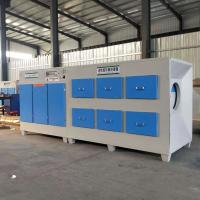About Us:
We are committed to delivering innovative and reliable solutions
for industrial air quality management. With over two decades of
experience in designing, manufacturing, and installing
high-performance dust collectors, we have established ourselves as
a leading name in the field.
Our Expertise:
Our expertise lies in producing top-of-the-line dust collection
systems that effectively remove particulate matter and contaminants
from the air, ensuring a cleaner, safer, and more productive work
environment for our clients. Our products cover a wide range of
industries such as metallurgy, building materials, mining,
woodworking, chemical, coal, foundry, machinery, grain chemical and
so on.
Our main products include baghouse/ cyclone/silo top/
woodworking/cartridge/welding fume/ grinding table dust collector,
and also some accessories, filter bag, filter bag cages, star
unloader, Currently we sell to many overseas countries, Italy,
Holland, Greece, Korea, Thailand, Mexico, Indonesia and so on.
Choose Qiaoda Dust Collectors, for cleaner air, safer workplaces,
and a greener future.
2024.09 Global Integration of Metals Metallurgy World Meets
in Istanbul, Turkey
2024.08 American customer visited to our factory
2019.11 Yiwu Exhibition
2024.05 Turkish customer visited to our factory
2023.12 Guests from Kazakhstan visited the factory
2023. 08 Guests from Japan visited the factory












